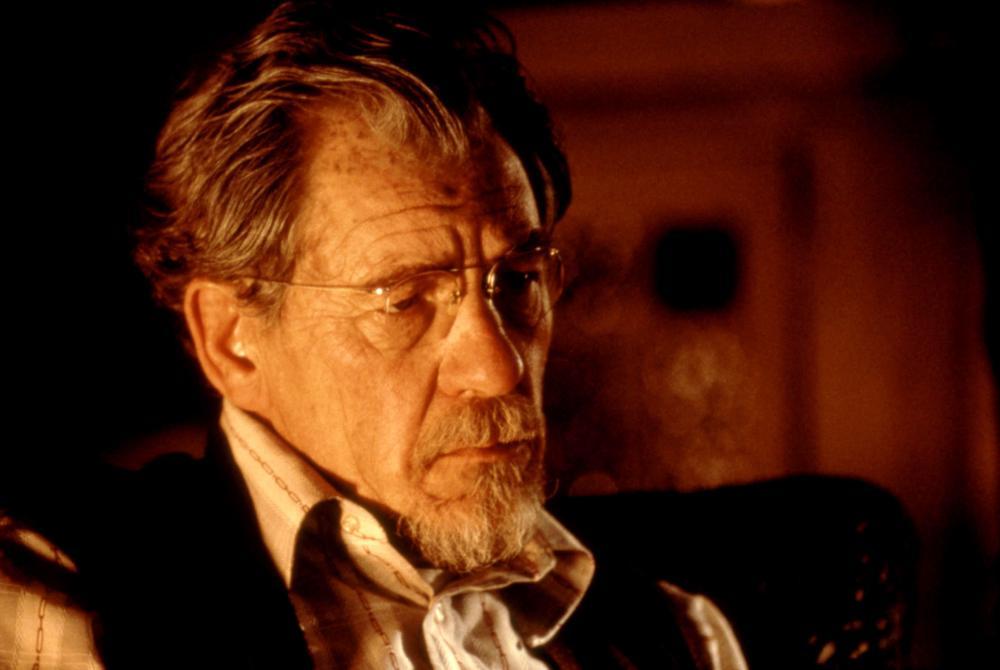
When it comes to screen adaptations, Stephen King easily pops on the list of authors (living or dead) with the most films and TV adaptations. At the time of writing, King has forty-eight film and thirty-four TV adaptations of his works. Some of them, like Brian De Palma’s “Carrie” (1976) and Stanley Kubrick’s “The Shining” (1980) became pop culture staples on their own.
King’s, arguably, most seminal novel “It” was adapted twice. Tim Curry’s Pennywise scared the kids via the TV screen, attracting around 40 million viewers in the early 1990s. Bill Skarsgård’s take on the role scared people from the big screen. The 2017 “It” grossed over 700 million, and for a brief period was the second highest-grossing R-rated film in history. Actually, there’s a 52-episode Indian horror series called “Woh”, released in 1998, which is a loosely based on “It”.
Novels like “Pet Sematary” and “Firestarter”, were also adapted several times. And here we come to the problem with Stephen King’s adaptations. The original “Pet Sematary” adaptation was successful at the box office and became a cult classic. The second adaptation also had good box office performance, but three years since its release, it’s completely forgotten. Both attempts to transfer “Firestarter” to the screen were unsuccessful. Both 1984 and 2022 adaptations failed critically and financially.
King’s adaptations are hit or miss. One may suspect that it has something to do with the author’s involvement, but things don’t always work that way. Yes, King penned the screenplay for the first adaptation of “Pet Sematary”, and it was successful. However, “Carrie” and “The Shining” were done with little to no involvement of the best-selling author. King even hated Kubrick’s take on his haunted hotel story. The TV adaptation of “The Shinning”, which King penned himself, had a great viewership, but the critical reception paled compared with Kubrick’s film.
The strong cast didn’t save the TV adaptation from the drab literalism, and cheesy 1990s CGI (hello “The Langoliers”). The miniseries follows the novel extremely closely, and as a result, everything which was scary and exciting in the book became boring on the TV screen. At times, you may wonder if Danny is going to write “GNIROB” instead of “REDRUM”.
Sometimes the adaptation suffers from following the source material too closely. Also, it may suffer from deviating too much from the source material. Such cases include “The Lawnmower Man” (1992), which basically was an in-name-only adaptation of Stephen King’s short story. Actually, the author sued the filmmakers to have his name removed from the credits.
With so many successful and unsuccessful adaptations, it makes no surprise that some of them slipped under the radar. So, let’s check out some fairly and unfairly adaptions of Stephen King’s work.
1. Riding the Bullet (2004) Directed by Mick Garris
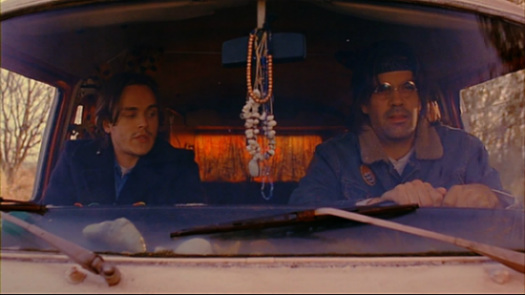
In 2002, Stephen King made his debut on the internet by releasing the “Riding the Bullet” novella as a digital exclusive. The novella broke the e-book records at the time, selling over 400,000 copies in just one day. Two years later, the movie based on the novella was released to less than successful results.
“Riding the Bullet” follows a University of Maine student, who hitchhikes his way to his hometown, where his mother was taken to the hospital after having a stroke. One of the drivers giving him a lift turns out to be a dead man, who offers the protagonist to choose who’s going to die — him or his mother. If he fails to make a choice, they both die.
The movie adaptation was written and directed by Mich Garris, who can be considered a veteran of the king of horror adaptations. He was in charge of adapting King’s longest novel “The Stand” in 1994, which was extremely well received. Also, he directed the TV adaptation of “The Shining”, and the critically panned “Sleepwalkers”. His work with King is hit or miss. So what exactly went wrong with “Riding the Bullet”?
Well, the movie follows the story pretty closely, and this time for its own good. The dialogue of the characters is left almost unaltered. Unfortunately, a 65 pages long novella cannot be turned into a feature-length film. Which forced Mick Garris into adding some nonsense for the prologue of the movie, which doesn’t really help its tone.
All of a sudden, the main protagonist is a goth-like painter who is obsessed with death and has a failed suicide attempt after contemplating that his girlfriend is about to leave him. Unfortunately, those additions feel like fillers to extend the movie’s run-time.
The film was given a limited release, with plans to expand later. The expansion never happened, and the movie ended up grossing a bit over $130,000 in North America. Since its failed theatrical release, “Riding the Bullet” was aired several times on TV. Nowadays, you can buy it on DVD or stream it on services like Tubi and Vudu.
2. The Mangler (1995) Directed by Tobe Hooper
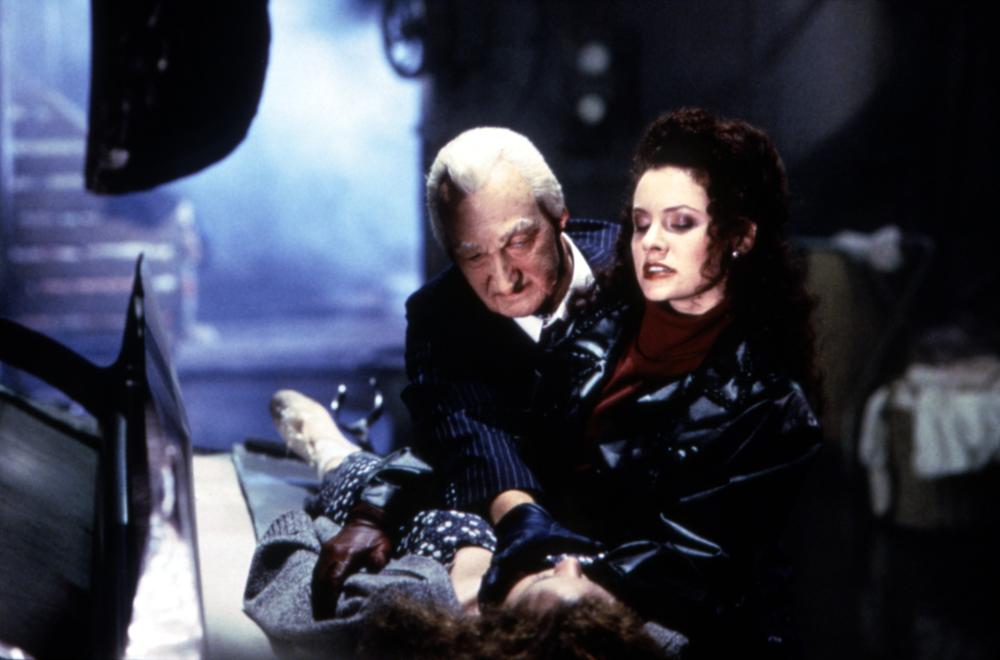
At first glance, “The Mangler” had all the ingredients of a successful film. Aside from being an adaptation of Stephen King’s story, the movie was directed by Tobe Hooper, the guy behind masterpieces like “The Texas Chain Saw Massacre” and “The Poltergeist”. The movie features Robert Englund, the star of A Nightmare on Elm Street franchise, and Ted Levine, who portrayed Buffalo Bill in “The Silence of the Lambs”. Have you heard of “The Mangler”? Possible. Does it appear on the list of the best Stephen King adaptations? Nope. So, what went wrong with “The Mangler”?
The fact that “The Mangler” tanked at the box office (it earned $1 million from 800 screens in its first weekend, and had a total gross of $1.8 million), can be explained by the period when the film was released. Before Wes Craven revitalized the horror genre with “Scream” in 1996, the nineties weren’t that kind toward straightforward horror films. Even sequels of successful franchises, those that weren’t put on hold, were struggling.
But the time of its release is not the only problem. “The Mangler” didn’t generate any critical praise upon its release, and it rarely gets good retrospective reviews. The simple story about the possessed mangler got a running-for-centuries conspiracy subplot. The goofy dialogue doesn’t help as well. Yes, the concept of the story itself is silly, but Stephen King masterfully turned it into a thrill ride. Especially, thanks to its terrifying open ending. Its movie counterpart goes for a “demons spoiled our love story”-ending.
All in all, it feels like “The Mangler” didn’t aim high to begin with. It didn’t generate much buzz upon its release, and never got a cult following. However, the movie has two direct-to-video (if not the garbage can) sequels, which have little to nothing in common with the original plot.
3. Sometimes They Come Back (1991) Directed by Tom McLoughlin
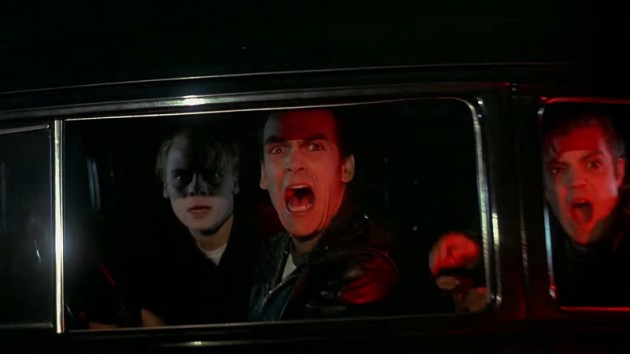
King’s short story “Sometimes They Come Back” follows the school teacher, haunted by his childhood traumatic experience of witnessing greasers killing his brother. His students start dying one by one, being replaced by the greasers. Sometimes they do come back, and the protagonist has to relive his nightmares and even use black magic to fight the greasers.
The movie follows the story closely, except avoiding certain gruesome elements, such as the death of the protagonist’s wife, and adding a melodramatic turn with the return of his brother. It was aired on CBS on May 7th, 1991, and despite being followed by two direct-to-video sequels, never had a cult following.
In no way, “Sometimes They Come Back” is a bad film. It’s just average. The movie was directed by Tom McLoughlin. Considering his filmography, one would wish that horror-wise “Sometimes They Come Back” would be closer to “One Dark Night” or “Jason Lives”. Unfortunately, the movie suffers on its melodramatic side as well, being way too far from McLoughlin’s “Something To Live For”.
4. Graveyard Shift (1990) Directed by Ralph S. Singleton
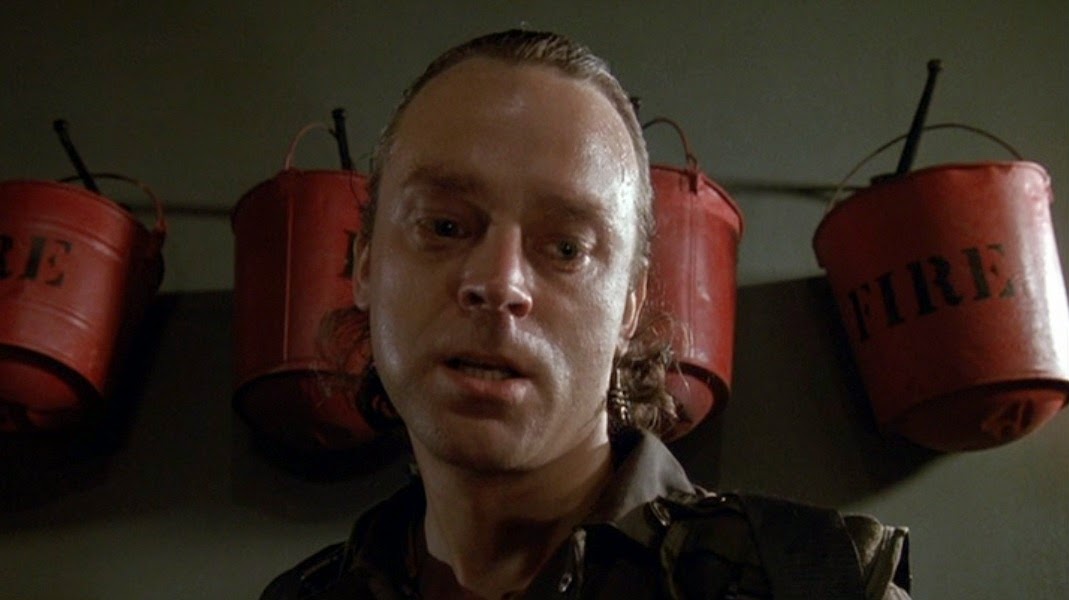
Just like the two previous entries, “Graveyard Shift” is based on the short story from King’s first short story collection, “Night Shift”. The story follows a textile mill, which is infested by giant mutated rodents that seem to have developed an ecosystem of their own in the sub-basements of the mill.
The story, although just a dozen pages long, takes its time before revealing the monsters. We get acquainted with the characters and learn about the tension between them. And, typical for Stephen King’s short story, it has an open ending.
The movie adaptation deviates from its source material. Firstly, there’s only one giant rodent, but the one to behold. Just like the story, it gets viewers acquainted with the characters and the tension between them. But here it fails a bit. The film opens with the murder, making the viewers anticipate the next one, instead of following the development of the relationships between the characters.
David Andrews and Stephen Macht give solid performances in the film, but they are completely overshadowed by Brad Dourif as an eccentric exterminator. Actually, Dourif and the monster rodent are so effective in chewing scenery, no pun intended, that they are the only aspects that stick after watching the movie.
“Graveyard Shift” was released on October 26, 1990, barely recouped its budget, and attracted negative reviews from audiences and critics alike. Stephen King himself hated the movie, calling it “a quick exploitative picture”. Still, “Graveyard Shift” is not so bad. Surely, it doesn’t match King’s adaptations that became pop-cultural phenomena. As eco-horror, it’s not “Jaws” or “Grizzly”, but it works pretty well as a simple monster movie for a Halloween party.
5. Bag of Bones (2011) Directed by Mick Garris

With 64 novels in King’s biography, it’s quite easy to miss some of them. “Bag of Bones” was King’s first novel under the publishing deal with Simon & Schuster. The book was an immediate bestseller, with the hardcover edition having a print run of over 1 million copies. Despite all of its commercial success and critical praise, this “haunted love story” rarely pops up on the list of Stephen King’s best works. The novel is not bad, but not the most memorable one.
Twelve years after the release of the novel, the miniseries of the same name were released. “Bag of Bones” was directed by Mick Garris, which signifies that it was either hit or miss. The miniseries stars post-James Bond fame Pierce Brosnan as Mike Noonan, a best-selling author suffering writer’s block after the death of his wife. Strange events force him to investigate his wife’s past, which can solve an old curse and help him find solace.
Just like the book, the miniseries was quite successful. Upon its original airing on A&E, it attracted a 6 million viewership. Just like its source material, it received some critical praise, however more restrained. Regardless of that, “Bag of Bones” is almost completely forgotten. It may seem that even Stephen King’s die-hard fans remain oblivious about the existence of the series.
So, what went wrong? “Bag of Bones” tries too hard to keep up with the novel’s pace, the same mistake that haunts the recent adaptation of “Lisey’s Story”, a reverse-“Bag of Bones” of sorts. Also, the novel’s core idea seems buried under the fruitless attempts to scare the viewer. Still, if you enjoy haunted love stories or want to check out an alternative and more supernatural take on Daphne du Maurier’s “Rebecca”, you can give “Bag of Bones” a try.